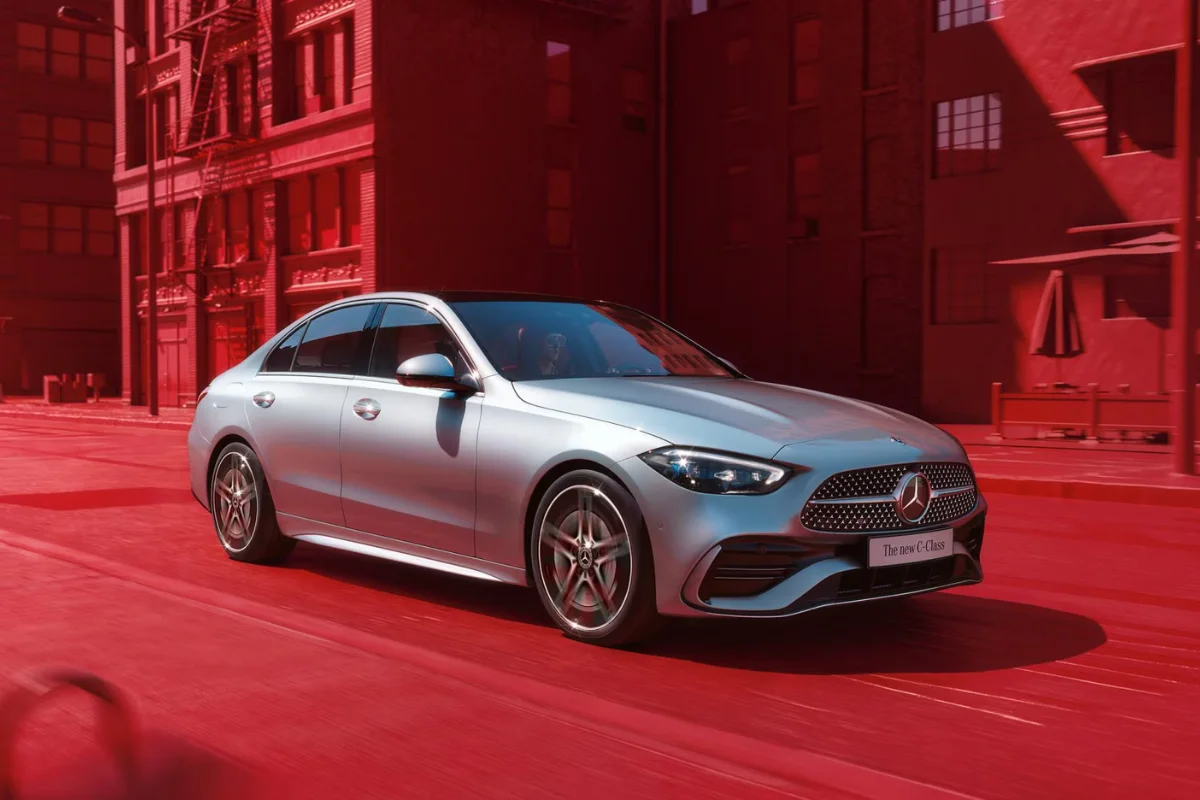What is a Car Facelift: During research about a car, have you noticed the terms “Facelift” and “All-New”? I bet you have. When a company launches its product, it uses either of these terms in its marketing campaign to impact your purchasing decision. We will provide detailed information in this article if you want to know the differences between a Facelift and an All-New Car.
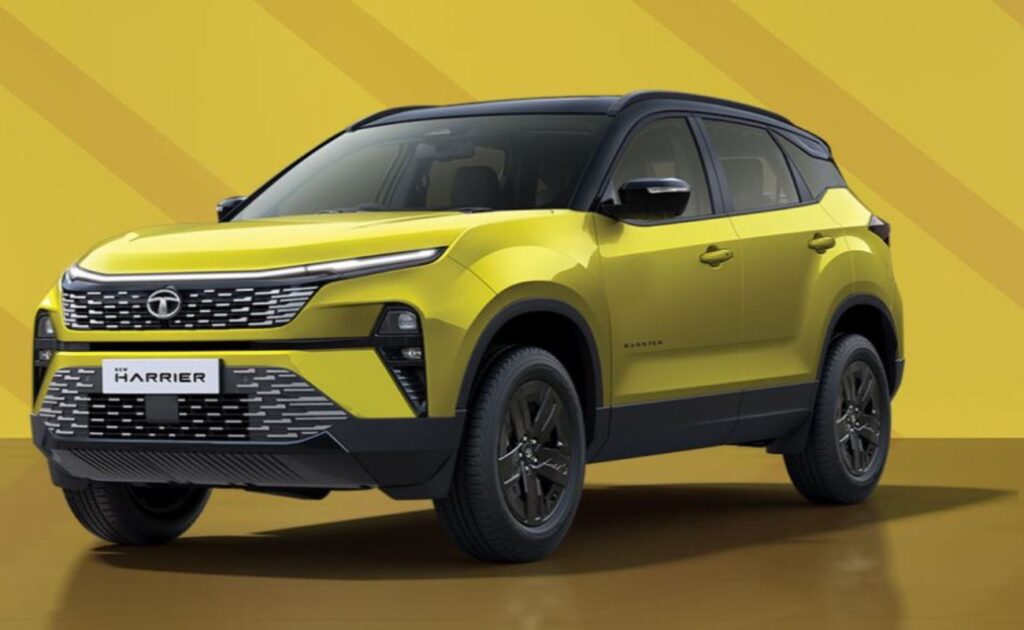
The Difference Between a Facelift and an All-New Car
In the automotive world, the term facelift refers to minor changes, changes on the exterior and interior, and sometimes there might be mechanical changes.
All-new means either a fresh product made from scratch or significant changes in the interior, exterior and mechanicals. There are changes in the underpinnings/ chassis as well. The chassis may be new or modified for better ride quality, safety and handling.
What is a Car Facelift?
For a car manufacturer, a Car Facelift is a Saviour, especially in this day and age where changes are rapid. With the rapid increase in competition, automakers are forced to bring in Facelift versions of their models. A facelift is a cheaper alternative to a generation change as it is usually a minor cosmetic change.
Mechanical changes are very rare in a facelift. Brands usually opt for a mechanical change if there is an urgent need to improve on something, usually based on customer feedback.
A facelift includes minor exterior changes, which also include a new alloy design and added colour options. On the interior front, you will have improved technology, usually a bigger infotainment, but the overall design remains the same. The facelift also allows the company to add or reduce variants based on the sales.
In this fast-paced world, the timeline of facelifts has reduced significantly. Earlier, a facelift would be introduced after 5 years, which was standard practice before the pandemic. Nowadays, the timeline has been reduced to a meager 3 years, depending on the brand, of course. Previously, we would notice a single facelift before a generation change, and now, we witness multiple facelifts before a car goes for a generation change.
A facelift usually demands a minor price hike, depending on the changes made. Examples are the newly launched Tata Harrier, Safari and Nexon, Kia Seltos, etc.
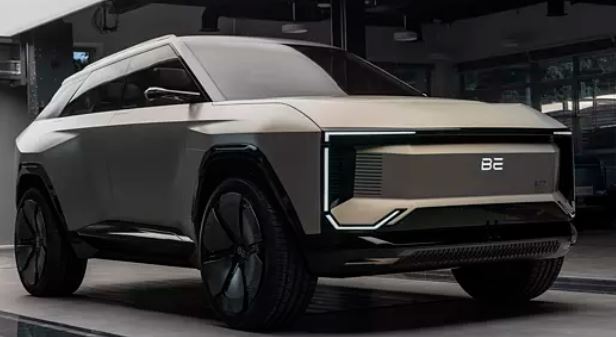
Also Read:
What is an All-New Car?
An All-New Car is an expensive option for a car manufacturer as it is resource-heavy in terms of money, research, and development. If a particular model grows old and unsuitable for a facelift, then a brand would go the All-New Car route.
A model that goes through a generation change gets an entirely new design, a new interior layout, new engine and transmission options and usually a new underpinning.
All in all, an All-New Car is more desirable when compared to a Facelift and demands a premium compared to Facelift.
For example, The Mercedes-Benz CLA was replaced with the new Mercedes-Benz A-Class in the Indian market.
What is a Car Facelift? Know the key changes that are usually included in a Car Facelift
As previously mentioned, the usual changes and the underlying reasons for a Facelift. In the list below, we will cover all the points in detail.
1. Changes on the Exterior
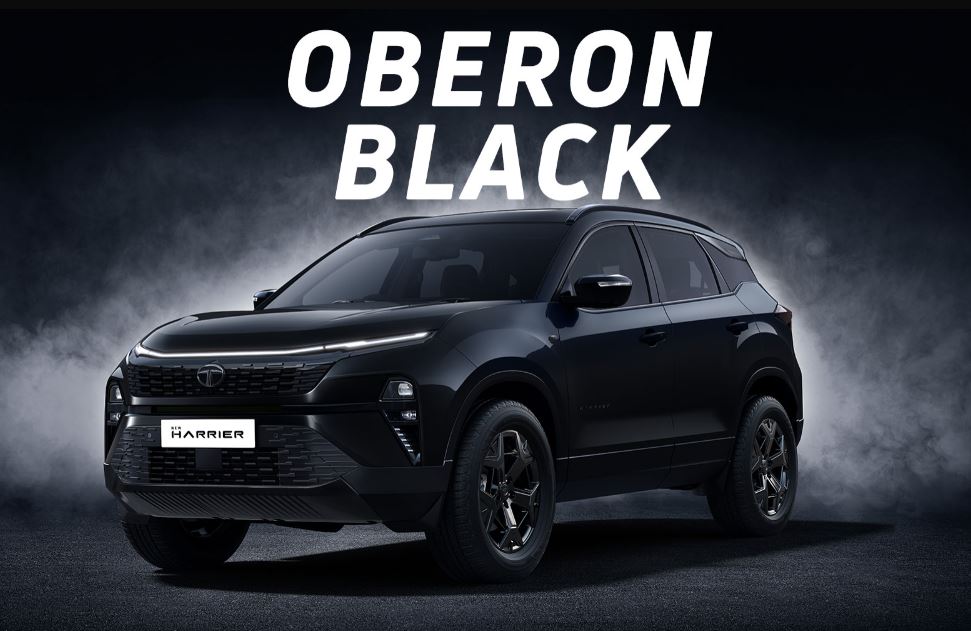
As we know, any brand’s primary focus is to refresh the exterior. The changes include front and rear bumpers, headlights, taillights, grille, body panels and new colour schemes. These changes make the car more appealing and align with the company’s latest design philosophy.
2. Changes in the Interior
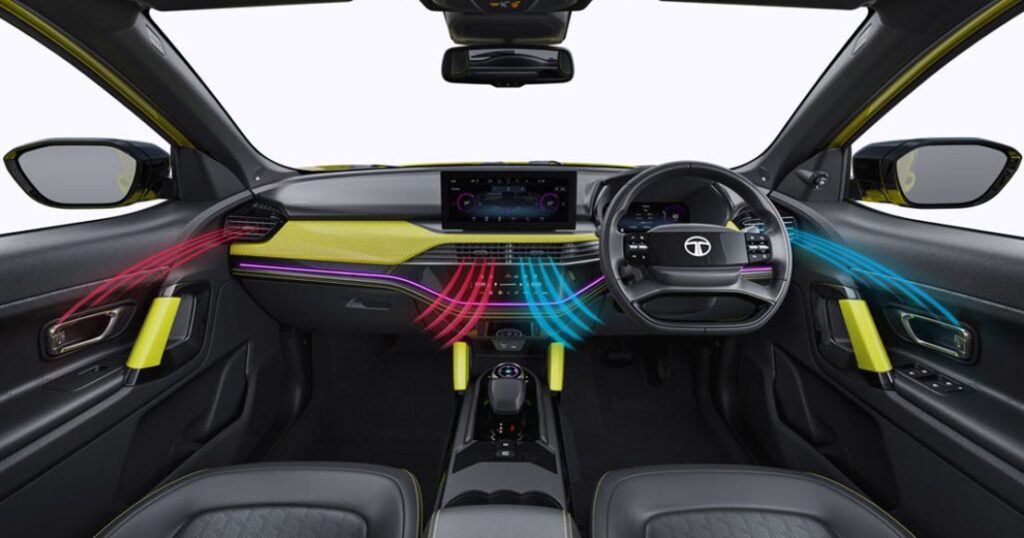
The focus usually is not that much on the interior. The changes include the dashboard, infotainment system, upholstery, and materials to enhance comfort, aesthetics, and technology features. However, the overall design remains the same.
3. Enhancement in technology
Nowadays, ADAS is included in different segments to enhance a car’s safety. Apart from the entry-level A segment in India, ADAS is featured in almost all the segments. However, in developed markets, some form of driver assistance is provided in even entry-level vehicles. Companies use Facelift as an opportunity to include some level of ADAS to enhance safety. Though the body shell remains the same, with the help of ADAS, one can escape an accident.
4. Powertrain and Mechanical changes
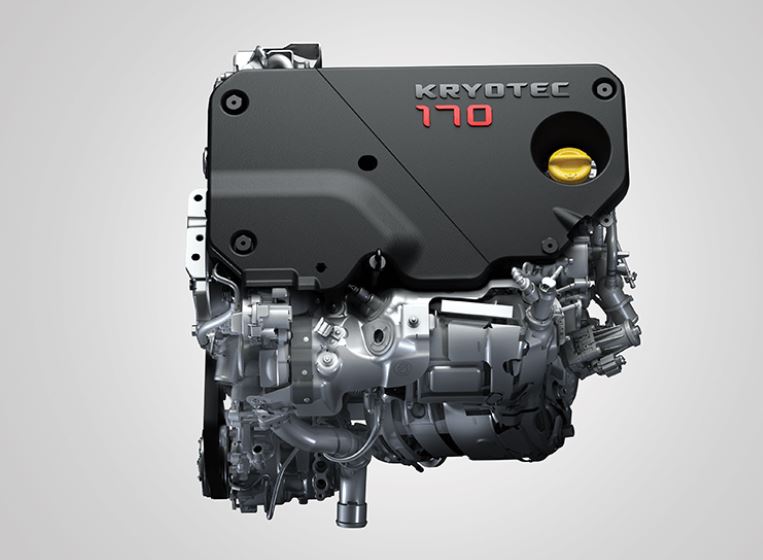
Though rare in some cases, companies do update Powertrain and Mechanicals. Usually, it is based on customer feedback or government environmental norm requirements. To fix any niggles and improving the fuel economy is the prime focus here.
5. Emission and Safety Norms
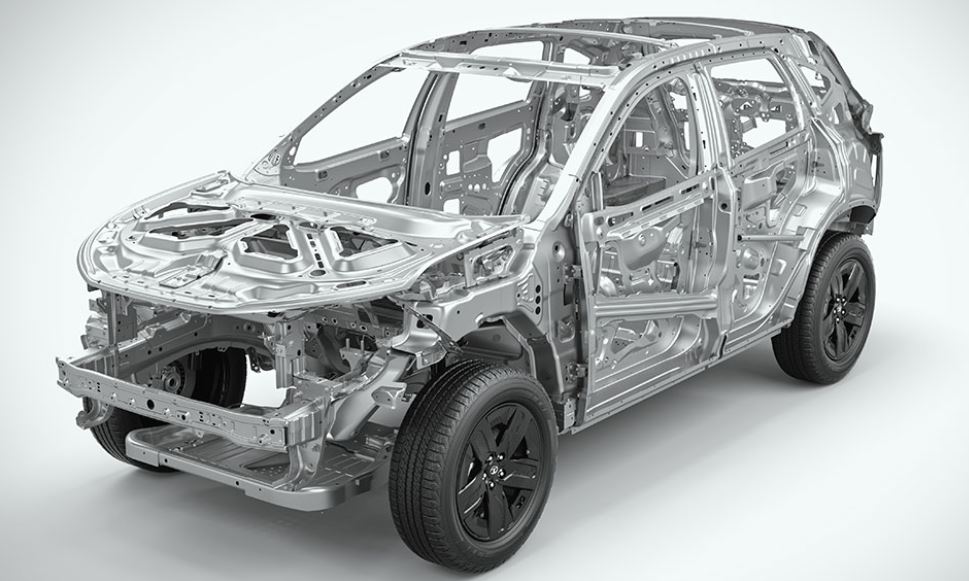
Companies are sometimes forced to bring an update to comply with the current Emission and Safety Norms. The BS 6 Phase 2 is a prime example of some manufacturers having to update their powertrains to comply with the norms. Companies discontinue a certain model if it is unviable to update the vehicle. The reasons sometimes are either low sales or extremely high cost.
6. Badge or Trim updates
Sometimes, brands use facelifts as an opportunity to introduce their new Logo, just like what Kia did recently. Usually, brands add or remove trims of their models depending on the sales.
7. Competition from other brands
New model launches or updates from rivals force an automotive company to update its models. Facelift of a model is required to keep a specific model relevant in the market and sometimes helps to reposition the model.
8. Cost-Effectiveness
As we already know, manufacturers are rolling out more Facelifts than before. It is not viable for a brand to bring a new generation every three years or so, and as a result, we are seeing multiple Facelifts for a certain generation.
9. Consumer appeal
Consumers obviously will prefer a newer model compared to an old one. Facelifts increase the consumer appeal of a product and the probability of higher sales.
What is an All-New Car? Should you buy one?
Now, this totally depends on whether you want a complete generation change or a facelift. Facelifts are cheaper when compared to a generation change, and apart from this, generation changes happen after quite a few years, so there you have to wait.
So, if you have your eyes set on a particular model that is already on sale, you can go for the current model and sometimes get a discount, or if you wait and buy the latest version, then it is always a good feeling to drive the latest version.
Conclusion
In conclusion, a Facelift is a strategic move for an automaker to keep the portfolio fresh and keep the cost down at the same time. In this ever-evolving car market, vehicles must be updated to stay relevant and drive sales. Now, it is up to you to decide what you want to go with. All in all, with so many changes made to the facelifted versions, it is safe to say that facelifts nowadays are mini-generation upgrades.
Reference: wuling
What is a Car Facelift?
For a car manufacturer, a Car Facelift is a Saviour, especially in this day and age where changes are rapid. With the rapid increase in competition, automakers are forced to bring in Facelift versions of their models. A facelift is a cheaper alternative to a generation change as it is usually a minor cosmetic change.
Should you buy a Facelifted Car?
Now this totally depends on you whether you want a complete generation change or a facelift. Facelifts are cheaper when compared to a generation change, and apart from this generation changes happen after quite a few years so there you have to wait.
